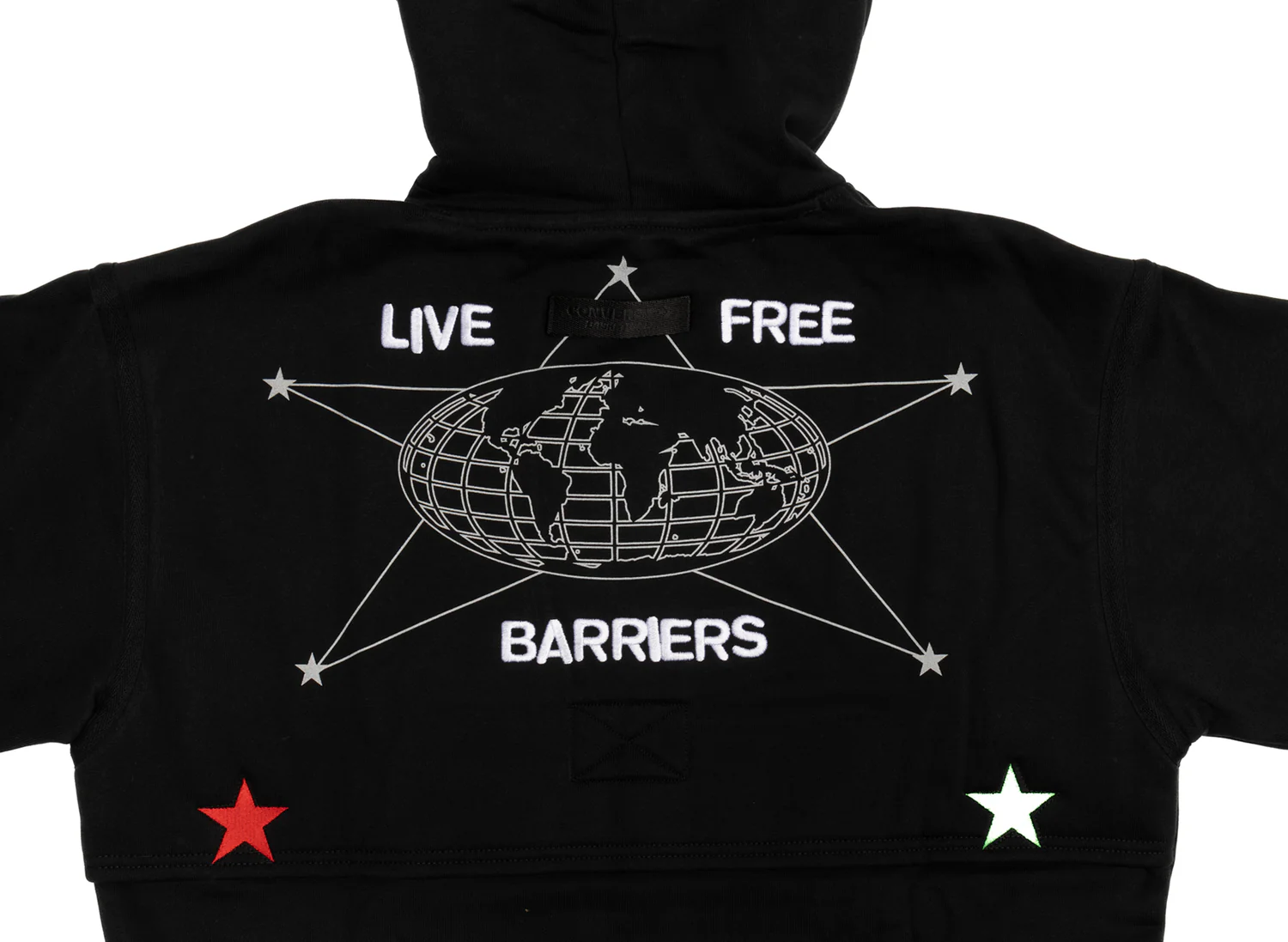
Barriers Clothing has emerged as a standout brand in the competitive world of streetwear, blending cultural awareness with stylish designs. This unique approach has allowed the brand to carve out a niche that resonates with a diverse audience. This article delves into the origins, design philosophy, and cultural impact of Barriers Clothing, shedding light on why it has become a favorite among fashion enthusiasts.
Origins and Founding Vision
Barriers Clothing was founded with a mission to create more than just clothing. The brand’s inception was driven by a desire to highlight cultural history and social issues through fashion. This vision was brought to life by a team of designers who shared a passion for storytelling and social justice. From its earliest days, Barriers has aimed to educate and inspire its customers by embedding meaningful narratives into its designs.
Design Philosophy: Where Art Meets Activism
At the heart of Barriers Clothing’s design philosophy is the concept of wearable art. Each piece is meticulously crafted to tell a story, often highlighting historical figures, movements, and cultural icons. This approach not only sets Barriers apart from other streetwear brands but also serves as a medium for raising awareness about important social issues.
The brand’s collections often feature bold graphics, intricate embroidery, and striking color palettes. These elements are carefully chosen to evoke emotions and spark conversations. Whether it’s a tribute to the Harlem Renaissance or a commentary on contemporary social justice movements, Barriers Clothing uses its platform to educate and inspire.
Collaborations and Limited Editions
One of the strategies that have propelled Barriers Clothing into the spotlight is its penchant for collaborations and limited edition releases. By partnering with artists, activists, and other brands, Barriers has been able to create unique pieces that resonate with a wider audience. These collaborations often result in highly sought-after items that sell out quickly, creating a sense of exclusivity and urgency among consumers.
Limited edition drops are a hallmark of the brand, with each release generating significant buzz in the fashion community. This strategy not only drives sales but also fosters a sense of community among fans who eagerly anticipate each new collection.
Cultural Impact and Social Responsibility
Barriers Clothing’s impact extends beyond fashion. The brand has made a concerted effort to give back to the community and support social justice initiatives. A portion of the proceeds from certain collections is often donated to organizations that align with the brand’s values, such as those working towards racial equality, education, and empowerment.
Moreover, Barriers Clothing uses its platform to amplify marginalized voices and highlight underrepresented stories. Through its designs and marketing campaigns, the brand has shone a light on issues such as police brutality, systemic racism, and the importance of cultural heritage. This commitment to social responsibility has endeared Barriers to a socially conscious audience who values fashion with a purpose.
The Rise of Streetwear and Barriers’ Position
Streetwear has evolved from a niche subculture to a dominant force in the fashion industry. Brands like Barriers Clothing have played a crucial role in this transformation by pushing the boundaries of what streetwear can represent. No longer just about aesthetic appeal, streetwear has become a vehicle for storytelling, activism, and cultural expression.
Barriers’ ability to seamlessly blend style with substance has earned it a loyal following. Celebrities, influencers, and everyday fashion enthusiasts alike are drawn to the brand’s unique approach. This widespread appeal has helped Barriers cement its place in the streetwear hierarchy, competing with established names while maintaining its distinct identity.
Challenges and Future Prospects
Despite its success, Barriers Clothing faces challenges typical of independent brands. The competitive nature of the fashion industry, coupled with the need to constantly innovate, requires the brand to stay ahead of trends while remaining true to its core values. However, these challenges also present opportunities for growth and evolution.
Looking ahead, Barriers Clothing aims to expand its reach and continue making a positive impact. This includes exploring new markets, collaborating with more diverse partners, and finding innovative ways to tell stories through fashion. The brand’s commitment to social justice and cultural awareness will undoubtedly remain at the forefront of its journey.
Conclusion: Fashion as a Force for Good
Barriers Clothing exemplifies the power of fashion to effect change and foster cultural appreciation. By merging style with substance, the brand has created a unique space where art, activism, and fashion intersect. As it continues to grow and evolve, Barriers Clothing serves as a reminder that clothing can be more than just a commodity—it can be a catalyst for conversation, education, and social change.
In a world where fashion often prioritizes profit over purpose, Barriers Clothing stands out as a beacon of hope, proving that it is possible to succeed while staying true to one’s values. The brand’s journey is a testament to the idea that fashion can indeed be a force for good.
